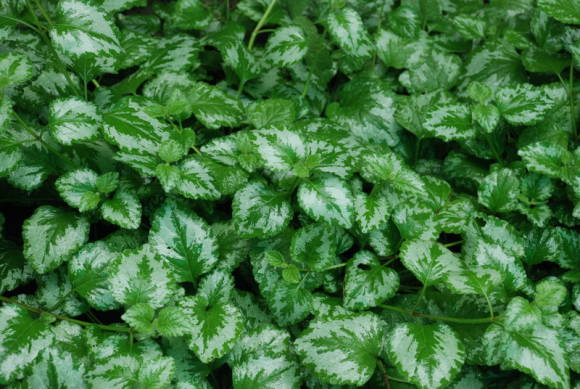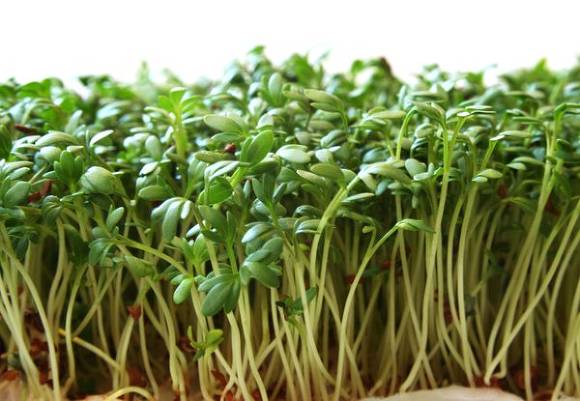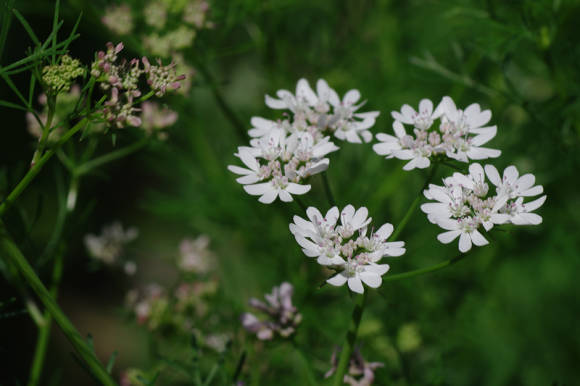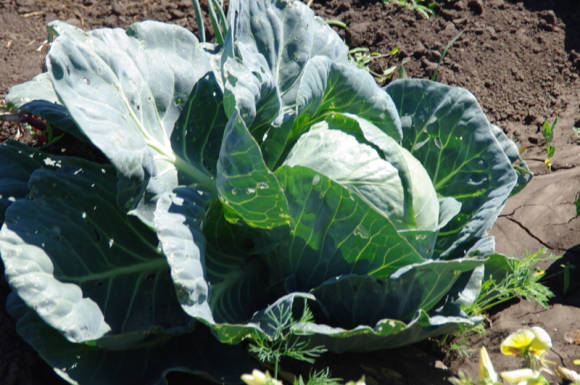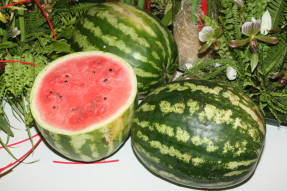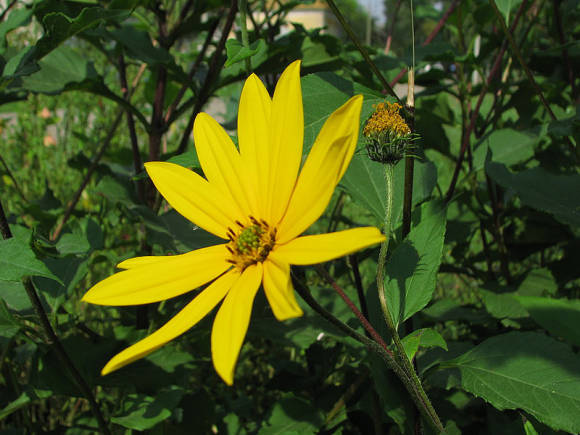Among the myriad of plants
That cover the land surface and
There is no water surface of the globe, perhaps not a single one,
Which would rightfully deserve attention
good citizens than potatoes.
A. Parmentier, 1771.
Potatoes are an integral part of almost any cuisine, even Chinese and Indian. Although there, of course, she is not as popular as ours. And who would have thought, eating boiled potatoes with herring and vodka, that the path of this plant to the table was rather thorny. He was forced to jail under threat of punishment.

Hello sweet potato
Since ancient times, potatoes have been the staple food for the Andean people. Local Indians cooked chuno from it more than 2000 years ago. To do this, the sliced tubers were left overnight in the open air, and in the morning they were crushed with their feet. Then, freed from a significant part of the juice, the potatoes were dried in the sun. By repeating this process several times, dry potatoes were obtained, suitable for long-term storage, something like modern chips.
Europeans got to know potatoes much later. Almost 450 years ago, the boy Pedro Chiesa de Lyon sailed to South America on the ship of the Spanish conquistadors. And if the rest were looking for gold and treasures in Peru, then little Pedro watched what they eat, what the inhabitants of this amazing country grow. In 1553, in the Spanish city of Seville, Pedro Chiesa de Leon's book "The Chronicle of Peru" was published, where the potato was first mentioned. In 1570 the Spaniards first brought this plant to their homeland from Mexico.
Back in 1616, potatoes, as a rare and exquisite dish, were served only to the royal table in Paris. Delicious flour tubers were originally called truffles. And in the time of Marie Antoinette, its flowers were used to decorate hairstyles and dresses. But potatoes took root in peasant farms with great difficulty. And a big role in its popularization was played by the pharmacist Antoine Parmentier, who specially took off the watchmen for the night and was happy when his potato plantation was robbed. For this, grateful descendants erected a monument to him in the town of Mondidier.
In Russia, potatoes appeared under Peter I. However, they really began to introduce it only under Catherine II. In 1765, 58 barrels of potatoes arrived in Moscow from Germany. And in the same year, a special instruction on the cultivation and use of "earth apples" was sent to all the provinces. But the conservative peasant population met the innovation with hostility - the turnip was more familiar. At first, potatoes were called "devil's apple" and was considered a great sin to eat. This opinion was aggravated by poisoning with green tubers and ... fruits, which, unknowingly, also tried to eat. But over the years, prejudice was overcome and he became very popular.
The main thing is potassium and ... vitamin C
Potatoes are a herbaceous tuberous plant of the Solanaceae family. Currently, more than 1000 varieties of potatoes are known. In our country, it is grown almost everywhere. But among the people it was also used as a medicinal plant. And this side of the potato will be discussed.
Potato tubers contain about 25% of dry matter, of which 80-85% is starch. They contain a little protein (only 1-2%), essential amino acids, sugars (0.5-1%), fats, fiber, citric, malic and oxalic acids, as well as minerals, amounting to about 1% in total. Among them are potassium (568 mg%), phosphorus (50 mg%), iron, calcium.
Potatoes are not only a high-calorie food, but also a source of essential organic and mineral salts, enzymes, and vitamins. The tubers contain vitamins C, B1, B2, B6, PP, U, D, E, folic acid and 11-56 mg% provitamin A (carotene). The varieties with yellow flesh are richer in carotene, so they are more useful, especially for people whose work requires good eyesight (train drivers, chauffeurs, etc.)NS.).

However, few people think that potatoes are a valuable source of vitamin C. True, the vitamin content is very variable and depends on the potato variety, soil and climatic conditions in the growing area, the use of fertilizers, the maturity of the tubers, the period and conditions of their storage. However, taking into account its significant share in our diet, it is the main source of vitamin C for some segments of the population. After all, about 200 g of fresh potatoes, cooked "in their uniforms", contain almost a daily norm of ascorbic acid. However, it should be borne in mind that during storage, the content of vitamin C in potatoes decreases and by spring only a third of the original amount remains. To maintain the maximum amount of ascorbic acid, do not leave peeled potatoes for a long time during cooking or start boiling them in cold water. Better to immerse the potatoes in hot water right away. Vitamins in ready meals are destroyed quite quickly. Therefore, it is undesirable to leave boiled potatoes for tomorrow.
Given that potatoes contain a fairly large amount of potassium, it is prescribed for hypokalemia, an insufficient content of this element in the body. There may be several reasons for this phenomenon, but in any case, potatoes do not place potassium as an auxiliary source of potassium. The high potassium content determines its diuretic properties, which is taken into account when drawing up a diet for kidney and heart patients. It is known that in 1914-1918, when there were no digitalis preparations in Vienna, doctors recommended that heart patients eat more potatoes.
Potatoes very poor in chlorine are recommended to be included in a chloride-free diet.
Fresh potato juice (juice of raw tubers) has a beneficial effect on gastritis with high acidity, constipation. With hyperacid gastritis, it is recommended to drink juice from potato tubers. But naturally, potatoes should be grown without the use of pesticides and with a minimum amount of fertilizers. Freshly squeezed juice is taken starting from 25-50 g, gradually increasing the dose to 100 g per day. Improvement is usually observed by the 5th day. As a remedy for dyspepsia, potato tubers were used by the "father" of the three Musketeers and d'Artagnan, Alexander Dumas, the father. Although, with his known love of gluttony, he should probably have been treated with a hungry diet.
Freshly squeezed juice is used as a remedy even for stomach ulcers, as it neutralizes the juices secreted by the digestive glands, in particular, reduces the acidity of gastric juice, has an antispasmodic effect, which relieves pain and promotes scarring of ulcers. It is taken 2-3 times a day for about half a glass half an hour before meals. It was also noted that potato juice, due to the presence of acetylcholine in combination with a diuretic effect, helps to reduce blood pressure in hypertension. However, it can be used as a medicine only on the advice of the attending physician.
Recently it was found that fresh potato juice also has a hypoglycemic (glucose-lowering) effect. With diabetes mellitus, 1/4 cup of juice is diluted with water in a ratio of 1: 1 and taken 2-3 times a day. With good tolerance, the amount of juice is increased to 1 glass.
For occipital neuralgia, take a potato, onion and pickled cucumber, chop everything, pour 1 liter of diluted wine vinegar, leave for 2 hours. With the resulting infusion, make compresses on the forehead and back of the head in the morning and evening.
In folk medicine, grated raw potatoes are applied to the affected areas of the skin for burns, eczema and other skin diseases. Excellent results are obtained from the treatment of burns with fresh potatoes. To do this, the peeled tubers are rubbed on a fine grater and the resulting gruel is applied to the affected skin. The earlier this procedure is done, the better the result.Indian doctors believe that peeling boiled potatoes is effective for minor burns and relieves pain well.
A known method of treating catarrh of the upper respiratory tract is to inhale the potato vapor obtained by rubbing freshly cooked potatoes. And if you also throw a crushed clove of garlic on top, the result will be even better.

In order not to get poisoned
I think it is not necessary to remind that only good-quality potatoes are suitable for nutrition and treatment. Eating heavily sprouted and green tubers fresh is unsafe. All parts of the plant contain the poisonous glycoalkaloid solanine. It is especially abundant in tops and berries (up to 0.25%). Mature tubers stored in the dark contain negligible and practically harmless amounts of this compound. Only in the inner layer of the peel and near the "eyes" does its content increase to 0.005-0.01 ° / o. Therefore, before squeezing out the juice, the eyes must be removed. There is much more solanine in green, rotted and sprouted tubers. Many poisonings of domestic animals have been described, which were fed with raw peelings of strongly germinated or green tubers. But if the cleaning is subjected to heat treatment, then their toxicity disappears. Poisoning of people is sometimes associated with the use of the latter. By the spring and summer, the solanine content in the tubers increases and therefore, when peeling old potatoes, the skin must be cut off with a thick layer. When eating green potatoes, a bitter taste and a sore throat appear, which indicates that it contains a significant amount of solanine. In large doses, solanine destroys red blood cells and has a depressing effect on the central nervous system. Poisoning of children with black and purple potato berries is sometimes observed.
Poisoning is characterized by nausea, vomiting, diarrhea, heart palpitations, shortness of breath, convulsions and, in very severe cases, unconsciousness. With timely medical assistance, the outcome is favorable in most cases.
Potatoes will save beauty
Cosmetologists also paid attention to potatoes. It is recommended to make nourishing masks from potatoes for dry or sunburned skin. To do this, potatoes boiled "in their uniforms" are ground with sour cream and a warm gruel is applied in an even layer on the skin of the face for several minutes. Then wash off with warm water. You can make a nourishing face mask with boiled potatoes mixed with milk and egg yolk. The puree-like mass is applied to the face in a warm form and kept for 15-20 minutes. Then the mask is washed off with hot and rinsed face with cold water.
Compresses from grated raw potatoes help with inflammation of the eyelids - they have an anti-inflammatory effect.
For bags under the eyes, you can put a slice of raw potatoes on the lower eyelids for 15 minutes.
For the treatment of hands with reddened and flaky skin, use a compress of freshly boiled potatoes, pounded with milk to a mushy state. The resulting puree is applied hot to the skin of the hands, and wrapped with a cloth on top. When the potatoes have cooled, the compress is removed.
In case of cracks on the heels, you need to wash the potato peels, add flax seeds, boil until a thick puree, keep the feet in it for 15-20 minutes, then rinse with water, dry and carefully cut off the hardened epidermis next to the cracks. Carefully treat cracked places with tincture of iodine and grease with fish oil or a special foot cream. To prevent cracks, make foot baths from potato starch or from a decoction of potato peelings.

